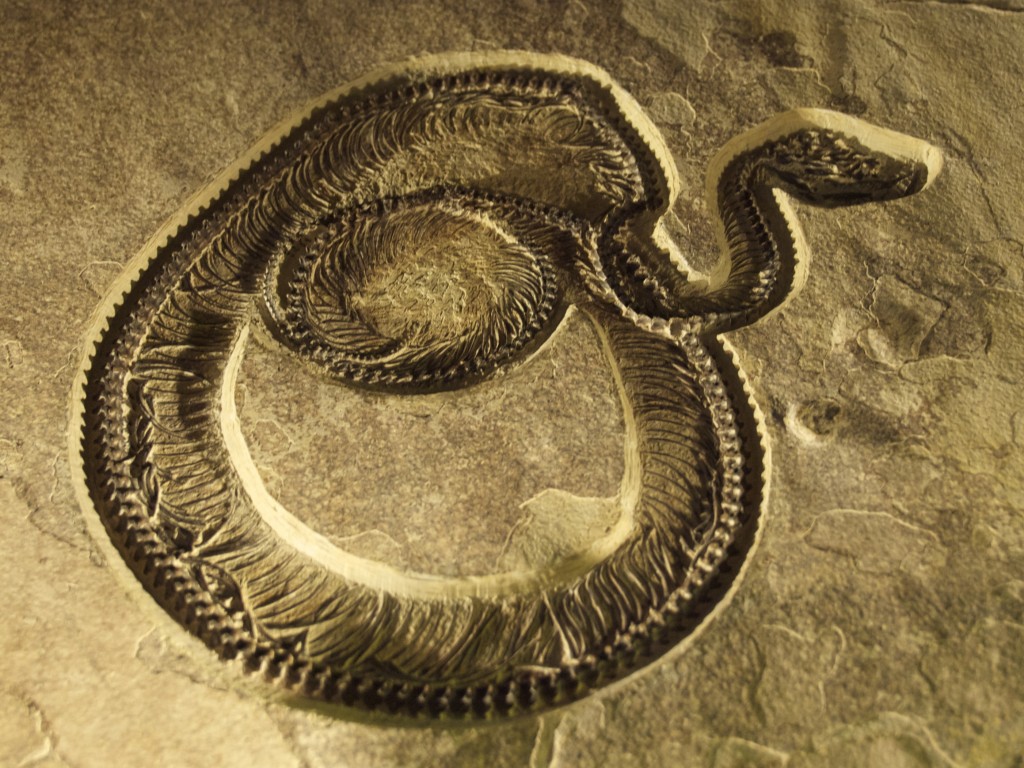An international group of researchers have found fossils of four different species of snakes that date back to as much as 140 to 167 million years from today. The finding alters a significant understanding of the evolution of snakes. Until now, scientists believed that snakes came into existence much later than the time suggested by the current finding. However, it is now proved that they belong to the dinosaur era.
The journal Nature Communications has published a detailed article on the finding on January 27. The study’s lead author, Michael Caldwell, commented that the evolution of snakes has now been proved to be much more complex than previously assumed. Caldwell is a professor at the University of Alberta, Canada at the department of science.
Cadwell further explained that the fossils discovered also propose a challenge to fill in the knowledge gap as there is no evidence of the presence of snakes about 140 to 100 million years ago. He proposed that the gap period where no fossils are known to exist indicates a lack of evidence. He said that it is not likely that the reptiles were not present for such a long time and then reappeared again.
Scientists also found that snakes belonging to the dinosaur era were very similar in appearance as the modern-day snakes. Of the ancient species, the largest one was the Portugaophis lignites, which was discovered in Portugal’s coal mines. The species was three feet or one meter long. More fossilized remains of the Diablopphis gilmorei, a North American species, were found in western Colorado.
In the period between 167 and 100 million years ago, snakes were going through a transition phase, when they were taking up the limbless body shape. This is understood from the fossils of the Titanoboa species. They were known to live 90 million years ago and possessed some rear limbs.

